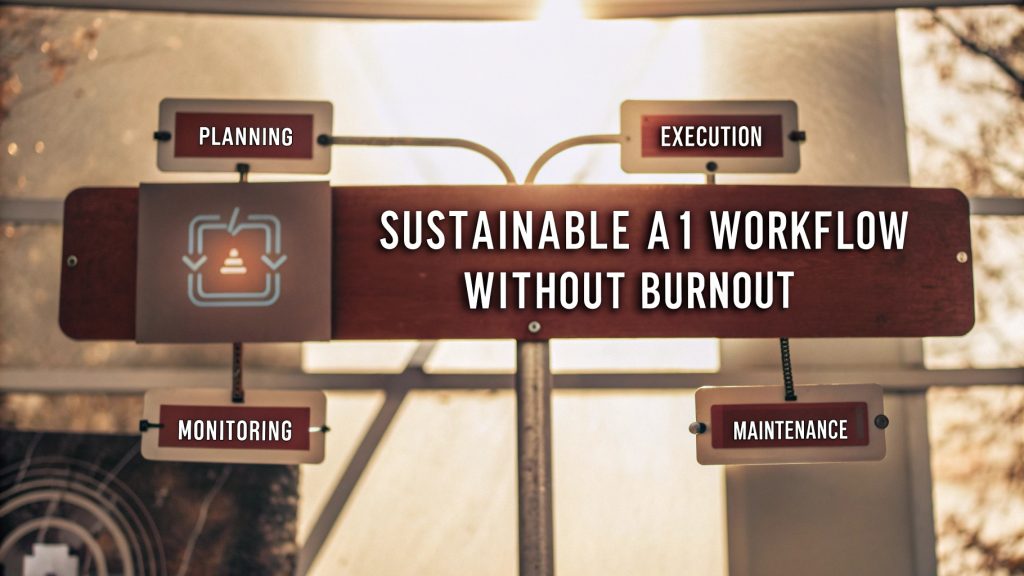
In the pursuit of a sustainable AI workflow, the integration of smart scheduling tools can play a pivotal role in alleviating the pressures of modern productivity demands. As we navigate through increasingly busy schedules, the potential for burnout rises significantly. Leveraging AI-powered scheduling applications not only automates time management but also optimizes the way we allocate our most valuable resource—time. By understanding and implementing these tools, individuals can streamline their workflows, ensuring that they dedicate their time to high-priority tasks while reducing the mental load associated with planning and organization.
AI algorithms excel at analyzing data patterns, making them uniquely suited to enhance calendar management. Smart scheduling tools can assess past behaviors and preferences to suggest optimal meeting times, prioritize tasks based on deadlines and importance, and even consider personal commitments when generating schedules. This intelligent approach minimizes the back-and-forth typically involved in finding suitable meeting slots, allowing professionals to focus on their core responsibilities rather than administrative hurdles. By automating these processes, workers can reclaim hours that would otherwise be lost to scheduling conflicts and unnecessary rescheduling.
Moreover, the integration of AI in scheduling extends beyond merely organizing meetings. Many advanced tools now offer features such as real-time updates and adaptive scheduling, which respond to changing priorities or unexpected interruptions. For instance, if a task takes longer than anticipated, these tools can automatically adjust the schedule to accommodate new deadlines without overwhelming the user. This adaptability is crucial for maintaining a sustainable workflow, as it allows individuals to stay on top of their commitments without feeling stretched too thin.
In addition to improving efficiency, smart scheduling tools foster a healthier work-life balance. By utilizing AI to manage time effectively, professionals can create boundaries that prevent work from encroaching on personal time. This balance is vital for preventing burnout, as it encourages users to prioritize self-care and downtime. When individuals feel supported by their tools, they are more likely to remain engaged and productive in their work, ultimately leading to higher job satisfaction and better overall performance.
To build a sustainable AI workflow without burnout, it is essential to embrace these smart scheduling solutions as part of a broader productivity strategy. The goal is not just to work harder but to work smarter, utilizing the best available tools to enhance efficiency and maintain well-being. By incorporating AI-driven scheduling into daily routines, users can ensure that they stay organized, focused, and energized, paving the way for a future where productivity is both achievable and sustainable.
